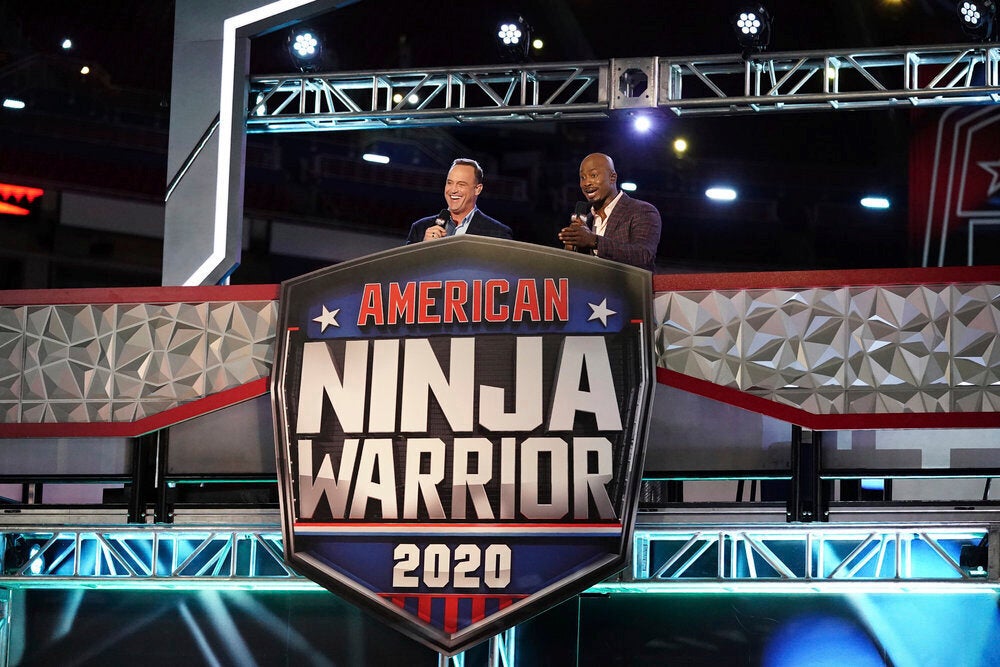Study: Tween TV viewers get new message about value of fame
Young TV viewers may be getting the message that fame is less important than values like achievement and a sense of community

Your support helps us to tell the story
From reproductive rights to climate change to Big Tech, The Independent is on the ground when the story is developing. Whether it's investigating the financials of Elon Musk's pro-Trump PAC or producing our latest documentary, 'The A Word', which shines a light on the American women fighting for reproductive rights, we know how important it is to parse out the facts from the messaging.
At such a critical moment in US history, we need reporters on the ground. Your donation allows us to keep sending journalists to speak to both sides of the story.
The Independent is trusted by Americans across the entire political spectrum. And unlike many other quality news outlets, we choose not to lock Americans out of our reporting and analysis with paywalls. We believe quality journalism should be available to everyone, paid for by those who can afford it.
Your support makes all the difference.As a parent, Yalda Uhls found herself immersed a decade ago in TV series including “Hannah Montana,” “iCarly” and “Victorious,” and uneasy about the message they sent to her 9-year-old daughter and other youngsters.
“They were all about these people getting famous at a very young age,” Uhls said, suggesting that celebrity above all was the key to popularity and happiness. Effort wasn't part of the equation, and families were scarcely in the picture.
When Uhls made the shift from Hollywood studio executive to academic at the University of California, Los Angeles she looked more closely at the issue. Uhls devised a study of the values prominent in shows most popular with “tweens” — the catch-all name for youngsters age 8 to 12 — over five decades starting in 1967.
Fame it turns out, may indeed be fleeting, according to newly released research, a sequel to her previous work with colleagues at UCLA.
Being famous, which ranked No. 1 on a list of 16 values measured in the top-rated tween shows in 2007, fell to sixth in 2017, with achievement and self-acceptance in the No. 1 and 2 spots and community feeling not far behind at No. 5.
The study focused on tweens in part because they consume more TV than any other media, including gaming, and averaged between four to six hours daily depending on family income level, according to 2019 figures.
Youngsters nearing adolescence also are especially susceptible to media influence as they “dream about their future by shaping their value systems,” the study said. Researchers used Nielsen ratings to determine the leading tween shows, then surveyed study participants on TV characters' values.
Viewers perceived different messages depending on whether they were watching a reality series or scripted one. The previous study, released in 2011, was done on the brink of the reality TV boom and covered only scripted.
The new research found that the comedies “Girl Meets World” and “The Thundermans” seemed to be “driving a shift” away from an emphasis on fame, but competition series “American Ninja Warrior” and “America's Got Talent” continued to reflect the trend of “self-focused values" as seen in 2007.
“If tweens watch, admire and identify with people who mostly care about fame and winning, these values may become even more important in our culture,” the report’s lead author, Agnes Varghese, said in a statement.
In earlier years, the study found that community feeling, benevolence and tradition were stressed in hit series including “The Andy Griffith Show” from 1967; “Happy Days,” 1977; “Growing Pains," 1987, and “Sabrina the Teenage Witch” in 1997.
Community ranked first in three of those years, falling once to No. 2. Then fame, which had lingered at the bottom of the list, jumped to first in 2007, with researchers attributing the shift to the embrace of social media platforms including Facebook and YouTube.
Their popularity “may have influenced content creators from the first decade of the 2000s to make fame-focused tween shows,” according to the study from the Center for Scholars & Storytellers, part of UCLA’s psychology department.
In revisiting the subject for 2017, “we were seeing if that trend was still happening because by then social media wasn’t such a new thing,” said Uhls, the center’s founder and director. Another factor that led researchers to expect fame’s allure to have receded from tween shows was the backlash against the influence of social media on youngsters, she said.
Nancy Kanter, a veteran of children's programming, said it's vital to consider how a project will affect impressionable viewers as they weigh their place in the world. Kanter worked with Sesame Workshop, launched the Disney Junior channel and recently signed a production deal with Netflix.
“I felt like I had to be showing kids something good, something hopeful or positive” in each program, Kanter said. “I don’t think I’m alone. I think many executives and certainly many creators, whether they’re writers or producers, think of that as well.... It's a giant responsibility because you realize just how much impact these shows can have.”
Sascha Paladino, a children's TV producer for two decades whose credits include “Blue Clues” and “Mira, Royal Detective,” said he considers his work a “responsibility and a privilege."
“We're making shows that are seen by millions and millions of viewers, and we want to make sure we're putting out images that are hopefully adding something positive for the world,” he said.